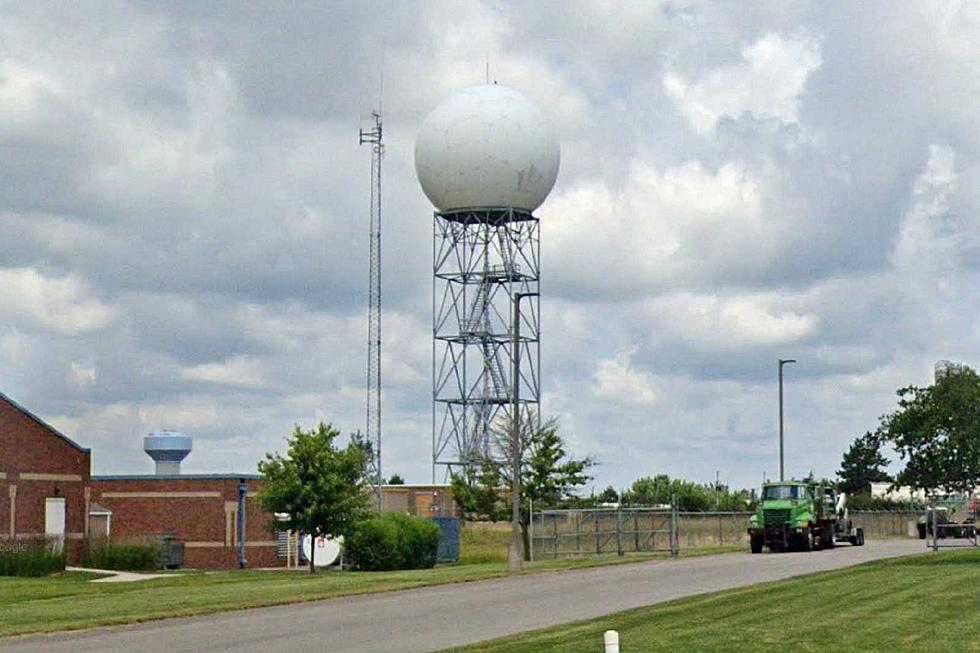
Remembering the Blizzard of ’78
Even though our most recent blizzard on December 22nd-25th, 2022 was worse when you look at the numbers, we are more prepared to handle that much snow compared to back in 1978.
Blizzard of '22 was Worse than the Blizzard of '78
Back in 1978, it was the blizzard that everyone remembers. Often referred to as "The Blizzard of '78". Time Magazine even ranked the snow storm in their "Top 10 Big, Bad Blizzards". The storm even has its own Wikipedia page!
January 26th marks the 45th anniversary of the "Blizzard of '78"! What were you doing back in 1978? If you were living in the area at the time, you were probably doing a lot of snow shoveling.
I still have The Grand Rapids Press from that following Sunday, February 5, 1978, that describes the storm.
The snow started the night before. By 1:35 am on Thursday, January 26th, the Weather Bureau was reporting "near impossible driving conditions". In an update at 6:15 am that morning the report read: "Southwest Lower Michigan is at a standstill."
The problem was caused by two low pressure systems, one coming down from Canada and bringing along cold air. The other was moving up from Texas and carried a lot of moisture. Early that morning the barometric reading of 28.68 was the lowest ever measured in Grand Rapids. By 12:45 pm on that Thursday, 12.8 inches of snow had fallen and there were drifts up to six feet high. Every road was closed and remained that way for days.
My father went into work early that morning. He called at about 10 a.m. and told me to get out and get the driveway cleared so that when he got home he could get his car off the road and into the driveway. I spent a few hours shoveling (we had no snow blower back then) to clear just enough room for the car. That was right about the time a snow plow went through and filled the driveway back up. It was time for round two of shoveling.
At the time I lived on First Street, NW, in Grand Rapids, right across from I-196. There was no traffic on the interstate for a few days. The only mode of transportation for most people was either a snowmobile (it was weird seeing snowmobiles going down city streets), or skis. Very few people owned 4-wheel drive vehicles. I remember radio and TV stations asking for volunteers with 4-wheel vehicles to help transport medical personnel to the area hospitals. Grand Rapids Public Schools remained closed until the following Monday.
WOOD TV 8's Chief Meteorologist Bill Steffen (who was working at WZZM TV-13 at the time) spent several days at the television station without ever leaving. He remembers the barometer reading of 28.28″ in Cleveland. That still ranks as the lowest non-hurricane barometer reading in U.S. history. "Seventy deaths were blamed on the storm. The National Guard were called out in Michigan and Ohio. Over 125.000 vehicles were abandoned in the storm. It took 3 to 5 days to move the abandoned cars and open the expressways. After this, we had the coldest February ever in G.R. and the 5th coldest March. Snow piles from the storm lingered into April."
Nick Ryberg used all 8-1/2 minutes of Ted Nugent's "Stranglehold" to put these pictures to music. (I'm not sure how many of these pictures were taken in Grand Rapids. I wish I knew what happened to the few pictures I had of the storm.)
Here is a documentary of the storm, put together by LJM Films Direct...
Even though I love a good snow storm from time to time, we don't need anything quite like this again.
LOOK: The most expensive weather and climate disasters in recent decades
More From 97.9 WGRD









